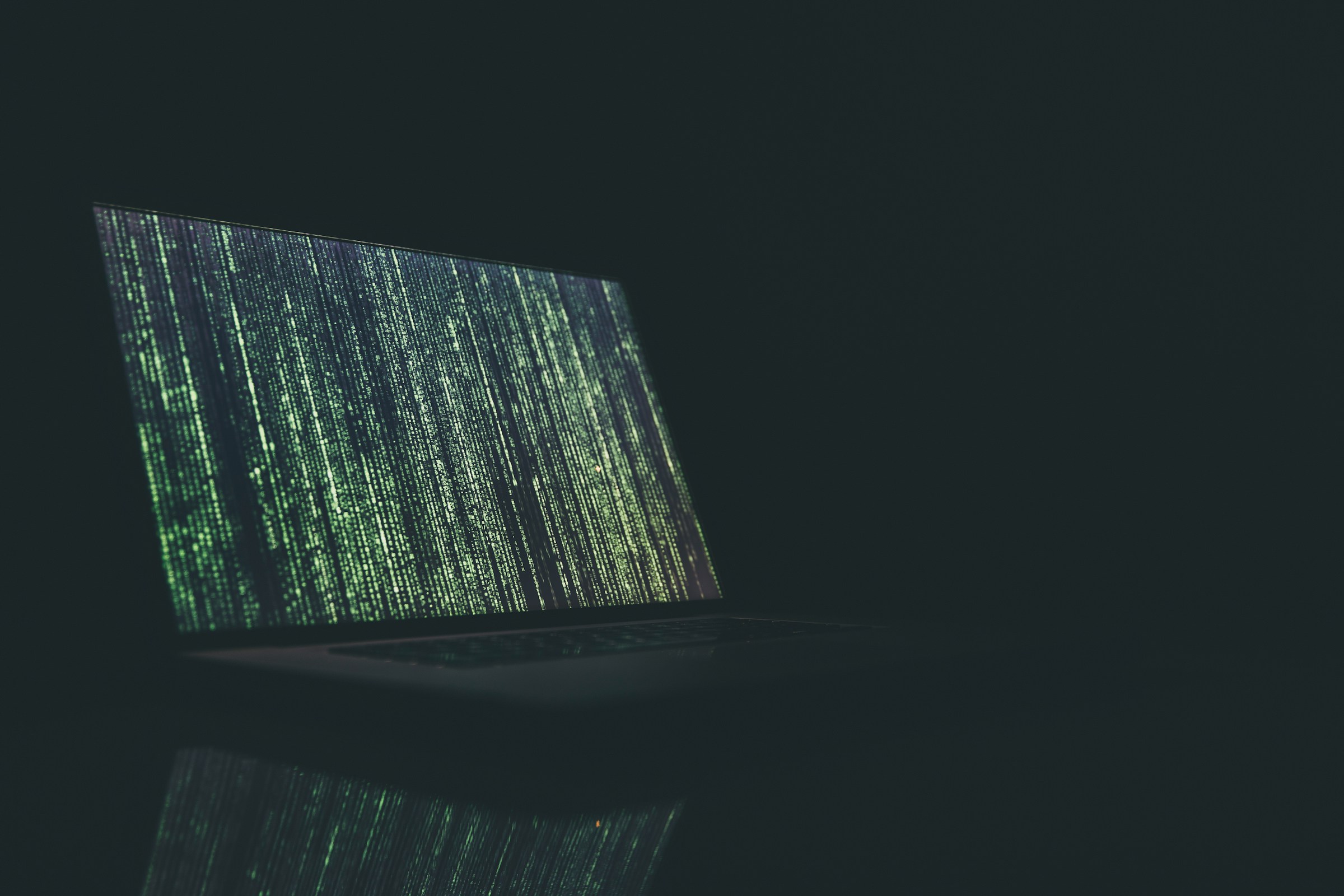As the digital age accelerates, the twin forces of quantum computing and artificial intelligence (AI) are poised to fundamentally redefine the cybersecurity landscape. While both technologies offer transformative potential, they also pose significant threats to the very systems that safeguard our digital world.
Quantum Computing: Cracking the Code of Modern Encryption
Modern encryption relies heavily on mathematical problems that are computationally infeasible for classical computers to solve. Public-key cryptography methods like RSA and ECC (Elliptic Curve Cryptography) underpin the security of everything from banking systems to national defense. But quantum computing threatens to shatter this foundation.
How?
- Shor’s Algorithm: A quantum algorithm capable of factoring large integers exponentially faster than classical algorithms. It can, in theory, break RSA encryption within minutes.
- Grover’s Algorithm: Speeds up brute-force attacks on symmetric key systems like AES, reducing the time needed to guess the correct key.
Implications:
- Sensitive data currently stored—assuming it’s “safe”—could be decrypted retroactively once quantum machines are powerful enough. This is known as a harvest-now, decrypt-later strategy.
- Critical infrastructure, from power grids to hospital networks, could be exposed to sophisticated quantum attacks.
Post-Quantum Cryptography: A Race Against Time
Governments and tech companies are already scrambling to develop post-quantum cryptographic algorithms—methods designed to be resistant to quantum attacks.
- The U.S. National Institute of Standards and Technology (NIST) has been working on standardizing post-quantum algorithms, with candidates like CRYSTALS-Kyber and CRYSTALS-Dilithium.
- Major players such as Google, IBM, and Microsoft are testing hybrid models that use both classical and post-quantum methods.
But there’s a catch: migration to quantum-safe systems is complex, slow, and expensive—especially for legacy systems.
AI: Weapon and Shield in the Cyber Realm
AI is already transforming cybersecurity, both as a tool for defense and a weapon for attackers.
AI for Defense:
- Anomaly Detection: AI can rapidly identify suspicious behavior in real-time, far more efficiently than human monitoring.
- Threat Hunting: Machine learning models can analyze vast datasets to predict and prevent breaches.
- Automated Response: AI can respond to threats instantly, isolating infected systems or flagging compromised accounts.
AI for Attack:
- Deepfakes & Social Engineering: AI-generated deepfakes can impersonate voices or faces, breaching identity verification systems.
- Automated Hacking: AI bots can learn and evolve, testing for vulnerabilities in real-time across global networks.
- Data Poisoning: Attackers can manipulate AI training datasets to compromise models themselves.
When combined with quantum computing, AI’s capabilities for cryptanalysis (breaking codes) could become virtually unstoppable—potentially creating automated, self-improving hacking systems that outpace any human countermeasures.
The Intersection: Quantum-AI Synergy in Cybersecurity
Imagine a future where AI algorithms are powered by quantum computing—Quantum AI. This hybrid would exponentially speed up everything from threat detection to encryption-cracking.
- Quantum-enhanced AI: Faster training of deep learning models using quantum processors.
- Quantum ML Attacks: AI could use quantum algorithms to simulate attacks across multiple systems simultaneously.
- AI-Driven Quantum Defense: Conversely, AI could help stabilize error-prone quantum systems and bolster quantum cryptography.
But such power could become a double-edged sword, depending on who wields it—democracies with ethical guidelines or authoritarian regimes exploiting it for surveillance and suppression.
Ethical and Geopolitical Ramifications
- Inequitable Access: Wealthy nations and corporations may monopolize quantum-AI tools, leaving smaller states and activists vulnerable.
- Digital Colonization: States with quantum supremacy could coerce others through cyber dominance.
- Human Rights Threats: If oppressive governments weaponize AI and quantum tech, dissent could be silenced through predictive surveillance and automated repression.
Moving Forward: A Call to Action
- Public Awareness and Education: Citizens must understand the stakes of quantum and AI-powered cybersecurity to demand responsible policies.
- Global Cooperation: International standards and treaties—like a digital Geneva Convention—are needed to prevent cyber arms races.
- Tech Democracy: Ensuring access to post-quantum cryptography and AI defense tools for civil society, journalists, and vulnerable populations.
Conclusion: Preparing for the Quantum-AI Cyber Era
Quantum computing and AI are not just tools—they’re tectonic shifts. The decisions we make now about cybersecurity, equity, and ethics will shape whether these forces lead to a more secure digital world or a dystopian one. The arms race has already begun. The question is: will we be ready?
Photo by Markus Spiske on Unsplash
Mike Kieffer – Editor-in-Chief, Cedar Valley Sentinel
Mike Kieffer is a dynamic leader and community advocate based in Eagle Mountain, Utah. He serves as the Editor-in-Chief of the Cedar Valley Sentinel, a local publication dedicated to informing, inspiring, and elevating the Cedar Valley community through honest and accurate journalism. With a passion for fostering connections, Kieffer has made it his mission to highlight local businesses, provide reliable news, and support community development.
Beyond his editorial role, Kieffer is the owner of Lake Mountain Media, LLC, a company specializing in media and communications, and the co-owner of Quail Run Farms, which focuses on sustainable farming and community engagement. He also actively contributes to the local economy and culture as a member of the Eagle Mountain Chamber of Commerce.
Kieffer’s dedication extends to preserving and promoting the history and heritage of the Cedar Valley area. He often participates in community-centered events and media, including podcasts that explore the unique aspects of life in the region. Through his varied endeavors, he remains a steadfast advocate for the growth and enrichment of the local community.

